Finding good healthcare services is essential for everyone, especially when receiving quality treatment at affordable costs. Mumbai, often known as the financial capital of India, is home to some of the best government hospitals in Mumbai. These hospitals are known for their excellent medical facilities, experienced doctors, & a wide range of medical services that cater to people from all walks of life. Whether you need emergency care, routine health check-ups, or specialized treatments, government hospitals in Mumbai provide reliable and affordable healthcare options for millions of residents and visitors.
When discussing the best government hospitals in Mumbai, some stand out for their reputation, modern facilities, and dedicated staff. These hospitals are not just centers for treatment but also for education and research, making them vital to the city’s healthcare system. In this article, we will take a closer look at the top 10 government hospitals in Mumbai that have been serving patients with utmost care and efficiency.
Mumbai’s government hospitals have state-of-the-art facilities and specialized departments, offering services like advanced surgeries, maternity care, pediatric care, and treatment for chronic illnesses. This list of government hospitals in Mumbai includes hospitals known for their comprehensive care, from primary healthcare services to critical care units.
If you’re searching for the top government hospital in Mumbai for you or your loved ones, this guide will help you make the right choice. These hospitals are trusted by people for their affordability, quality of care, and availability of expert doctors across various specialities. Let’s explore these hospitals, understand what makes them the best, and learn more about their services to make healthcare accessible and dependable for everyone.
You can refer a patient for medical help to connect them with timely treatment support.

Explore patient care guides for step-by-step medical and treatment information
List Of Top 10 Government Hospitals In Mumbai
1) Sir J. J. Hospital
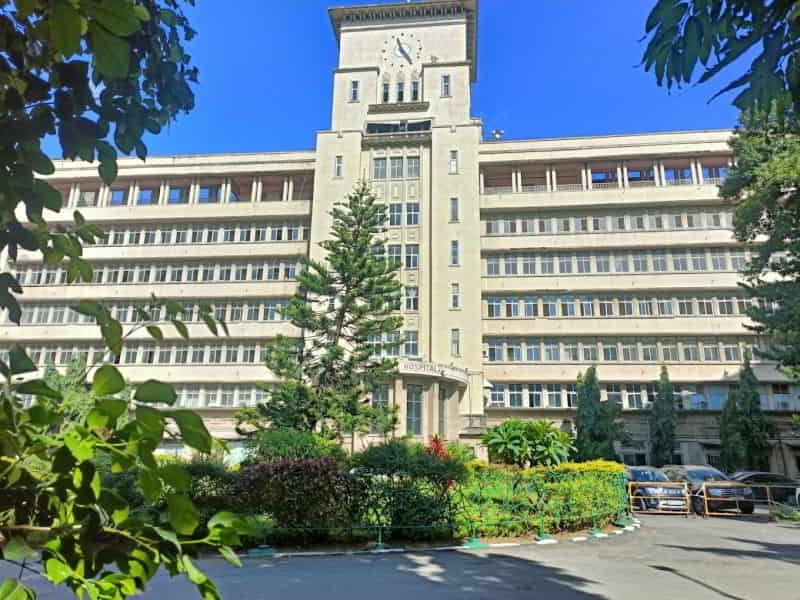
Founded in 1845, the hospital was established by Sir Jamsetjee Jeejeebhoy, a philanthropist who donated one lakh rupees for its establishment, alongside the efforts of Governor Sir Robert Grant, who envisioned a medical institution that would provide comprehensive health care and education. This initiative led to the creation of one of the oldest medical universities in South Asia, Grant Medical College, which is affiliated with the hospital.
The hospital, part of the Sir J. J. Group of Hospitals, has been at the forefront of medical service and education for over a century. It is a conglomerate of four hospitals in South Mumbai, including St George Hospital, Gokuldas Tejpal Hospital, Cama and Albless Hospital, and Sir J. J. Hospital.
Achievements of Sir J. J. Hospital:
– Pioneering Medical Education: As an affiliate of Grant Medical College, Sir J. J. Hospital has been instrumental in shaping the careers of countless medical professionals. With an annual intake of 250 undergraduates and 100 postgraduates, the institution has contributed significantly to the medical workforce in India and abroad.
Comprehensive Health Care: The hospital offers many specialties and super-specialties, ensuring patients receive the most advanced medical care. It is equipped to handle diverse medical needs, from general medicine to complex surgical procedures.
– Historical Significance: With a heritage walk organized to showcase its rich history, Sir J. J. Hospital allows visitors to explore its legacy, which spans 177 years. The hospital began with a bed strength of 300 and has since expanded to accommodate the growing needs of Mumbai’s population.
Community Service: Sir J. J. Hospital has been a beacon of hope for the underprivileged, offering free, quality treatment to those below the poverty line and nominal costs for the common man. This commitment to serving all segments of society has made it a go-to institution for those in need.
Tertiary Care Center: Sir J. J. Hospital is a tertiary care center that provides specialized medical services that are not widely available, making it a critical resource for complex health issues.
Read More: Impactguru hospital finder
2) Dr R. N. Cooper General Hospital

Established as a maternity home in 1969, it was upgraded to a general hospital in 1970. Since then, it has become a prestigious institution and was identified as a teaching hospital affiliated with KEM Hospital in 1977.
The hospital’s journey from a maternity home to a full-fledged medical facility is marked by significant milestones. In 2006, the Brihanmumbai Municipal Corporation decided to redevelop the hospital, a project that began in 2009 and culminated with the inauguration of the newly redeveloped Cooper Hospital in 2013. This redevelopment transformed the hospital into a 636-bed secondary care hospital with all general specialties.
Achievements of Dr. R. N. Cooper General Hospital:
– Accreditation by the National Board of Examinations for training citizens for DNB in nine general specialties since 2007.
– Upgradation to a medical college in August 2015, enhancing its role in medical education.
– A comprehensive renovation in 2013, with an investment of ₹321 crore, which included more beds and modern systems for rainwater harvesting and sewage treatment.
– Implementation of an infection control design to protect healthcare workers from contracting tuberculosis.
– Establishment of a student-led research wing, GENESIS, in 2020, aimed at fostering healthcare research, a unique initiative in India.
3) V N Desai Hospital
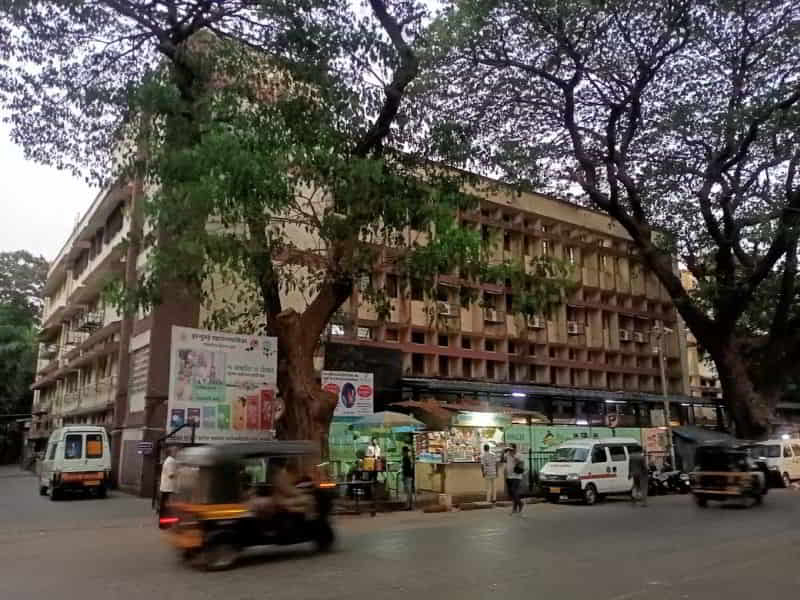
Established on January 2, 1977, by the then Municipal Commissioner Shri B.G. Deshmukh, the hospital was named in honor of the late Mayor Shri Vishnu Prasad Nandrai Desai, who served as the first citizen of Mumbai from 1960-61.
The hospital’s achievements are numerous and noteworthy:
1. Comprehensive Care: V N Desai Hospital offers various medical services, including routine and specialized medical, surgical, gynecological, obstetric, orthopedic, ENT, ophthalmic, pediatric, dental, and emergency care.
2. Educational Role: Since August 1980, the hospital has provided clinical training for undergraduate Homoeopathy students and, since July 26, 1988, has been recognized by Bombay University for postgraduate studies, affiliated with Nair Hospital for internship programs.
3. Community Outreach: The hospital runs a Dilaasa Centre for women affected by domestic violence, showcasing its commitment to social welfare beyond physical health.
4. Technological Advancements: The hospital is equipped with modern medical facilities, including X-ray, sonography, CT scan departments, and a blood bank, ensuring that patients have access to comprehensive diagnostic tools.
5. Round-the-Clock Services: Ambulance services are available 24/7, highlighting the hospital’s readiness to respond to emergencies anytime.
6. Support for the Underprivileged: Social services at the hospital help poor patients with financial assistance, demonstrating a dedication to serving all segments of society.
4) Lokmanya Tilak Municipal General Hospital (Sion Hospital)

Lokmanya Tilak Municipal General Hospital, generally known as Sion Hospital, stands as a beacon of healthcare excellence in the bustling city of Mumbai. Established in 1947, this hospital, named after the esteemed Indian nationalist Lokmanya Tilak, has grown from a modest facility with just 10 beds to a sprawling multi-specialty institution boasting over 1,400 beds today.
Over the years, Sion Hospital has achieved numerous milestones:
– It pioneered the first Trauma Service in India, which remains constantly alert for disasters.
– The hospital is a critical nodal center in Mumbai’s disaster management plan.
– The institution provides affordable healthcare services to the underprivileged, embodying the spirit of service.
– It has expanded its services to include super-specialties and state-of-the-art Intensive Care Units.
– The hospital caters to many patients, with around 16 lakh outpatient visits and over 60,000 admissions annually.
5) KEM Hospital
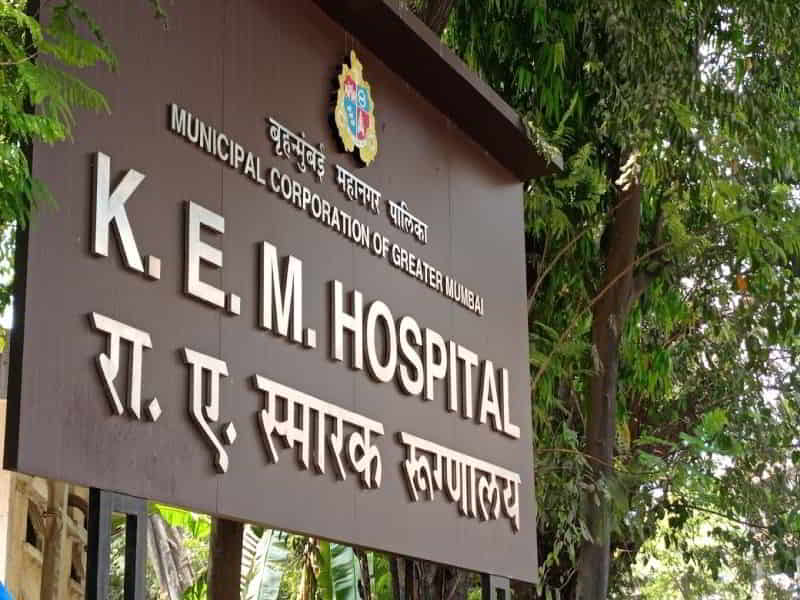
KEM Hospital was established in 1926 in memory of King Edward VII. The hospital was a result of the efforts of visionaries like Dr. K. N. Bahadurji and Sir Pherozshah Mehta, who advocated for a medical institution that would serve the burgeoning needs of Bombay’s population and break the monopoly of the Indian Medical Service.
Over the years, KEM Hospital has achieved numerous milestones that have cemented its reputation as the best government hospital in Mumbai:
1. Pioneering Medical Education: Associated with the Seth Gordhandas Sunderdas Medical College, KEM Hospital has been instrumental in providing comprehensive training to thousands of students in various medical disciplines.
2. Innovative Healthcare Services: The hospital houses an 1800-bed facility that caters to about 1.8 million out-patients and 85,000 in-patients annually, offering both basic and advanced treatment facilities across all fields of medicine and surgery.
3. First Heart Transplant: Marking a significant milestone, KEM Hospital successfully conducted its first heart transplant, showcasing its capability to undertake complex medical procedures.
4. Renal Transplant Milestones: The hospital’s nephrology division has been a frontrunner in the country, performing the first cadaver renal transplant from a non-beating heart donor and establishing one of the first dialysis units in India.
5. Foundation Day: Every year on January 22nd, KEM Hospital celebrates its Foundation Day, commemorating its establishment and continued service to the community.
6) Tata Memorial Hospital
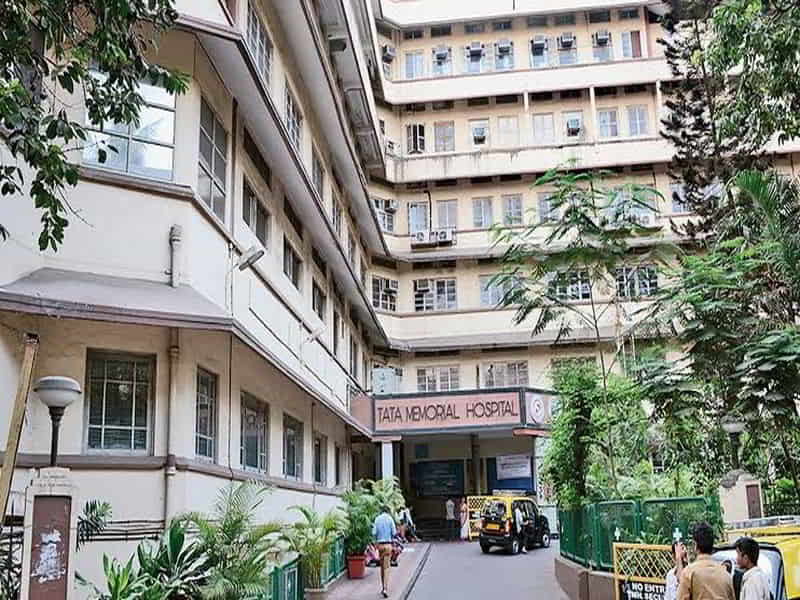
Founded on February 28, 1941, by the Sir Dorabji Tata Trust, TMH was born out of a philanthropic pursuit to advance learning, research, and disaster relief without discrimination. The hospital’s inception was mainly driven by the personal tragedy of Sir Dorabji Tata, whose wife, Meherbai, succumbed to leukemia, inspiring the creation of a dedicated center for cancer research and treatment.
Here are some of its notable achievements:
– Research and Education: TMH is affiliated with the Homi Bhabha National Institute and has pioneered cancer research and education. In 1952, the founding of the Indian Cancer Research Centre, which later became the Cancer Research Institute (CRI), represented a significant leap forward in basic research.
– Expansion and Outreach: The hospital’s administrative control was transferred to the Department of Atomic Energy in 1962, leading to the merger of TMH and CRI into the Tata Memorial Centre (TMC) in 1966. This expanded the institution’s mandate to include service, education, and research in cancer. TMC’s outreach has grown with nodal centers across the country, registering about 120,000 new cancer patients annually.
– Advanced Treatments: The Department of Surgical Oncology at TMH offers state-of-the-art treatments, including minimal access surgeries, skull-base procedures, major vascular replacements, limb salvage, microvascular surgery, and robotic surgeries.
– National Cancer Grid: TMH is a key player in the National Cancer Grid, which connects cancer care centers across India to ensure uniform standards of care and facilitate research collaborations.
– International Recognition: TMH’s commitment to excellence has garnered global acclaim, positioning it as a leader in oncology and a model for global healthcare institutions.
7) Nair Hospital
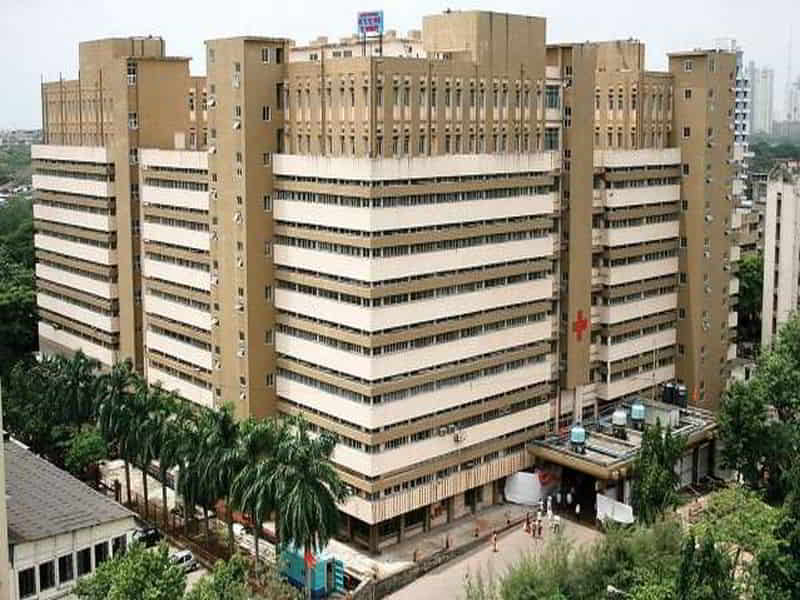
Nair Hospital, officially known as Topiwala National Medical College & BYL Nair Charitable Hospital, stands as a testament to the progress and dedication of the medical community in Mumbai. Established in 1921 during the enthusiasm of the Non-Cooperation Movement, it was a response to Mahatma Gandhi’s call for self-reliance and empowerment. In honor of his late mother, Bai Yamunabai Laxman Nair, Dr. A.L. Nair founded this institution to provide quality healthcare to all sections of society.
Here are some of its notable achievements:
1. Pioneering Cardiology Department: Established in 1950, it was the first hospital in Mumbai to have a specialized cardiology department. The department has been led by eminent personalities such as Padma Vibhushan and Dr. V.V. Shah and has seen significant advancements, including installing state-of-the-art cardiac catheterization laboratories.
2. Comprehensive Healthcare Services: Offering advanced levels of care in various specialties, Nair Hospital is known for its comprehensive healthcare services, catering to different medical needs from general medicine to complex surgeries.
3. Academic Excellence: As a recognized teaching institute, it has contributed to the education of countless medical professionals, fostering a culture of research and learning. It offers super-specialization DM courses in cardiology and training for technicians, shaping the future of medical education.
4. Technological Advancements: The hospital has kept pace with technological progress, installing the latest medical equipment, such as the EPIQ 7c echocardiography machine, and facilitating complex coronary interventions with advanced modalities.
8) Rajawadi Hospital

Established on October 2, 1958, the hospital was born out of a generous donation by the Gandhi and Vora families and the acquisition of land that once belonged to Maharaja King Gaikwad of Baroda. Over the years, Rajawadi Hospital has evolved from a modest dispensary to a 596-bed facility, catering to the diverse medical needs of Mumbai’s eastern suburbs.
Achievements of Rajawadi Hospital:
– Expansion and Modernization: By 1957, the hospital had expanded from its initial 20-bed setup to a 50-bed facility with an Operating Theatre, X-ray, and Pathology Departments.
– Comprehensive Care: In 1969, the addition of new departments, including Obstetrics, Gynaecology, and Pediatrics, marked its transformation into a multi-specialty hospital.
– Emergency Services: The inauguration of a Casualty Department in 1973 further enhanced the department’s capability to provide immediate care.
– Continuous Growth: A significant expansion in 1976 solidified its status as a major peripheral hospital in Mumbai.
– State-of-the-Art Facilities: Today, Rajawadi Hospital boasts a well-equipped MICU/ICCU, Trauma Care Unit, C.T. Scan facilities, Blood Bank, and Operating Theatres.
– Quality Healthcare: The hospital is recognized for its stringent quality standards in medical care, patient safety, and service delivery.
– Accreditation: Rajawadi Hospital’s commitment to quality is affirmed by its NABH accreditation, which ensures high standards across all medical specialties.
9) Gokuldas Tejpal Hospital
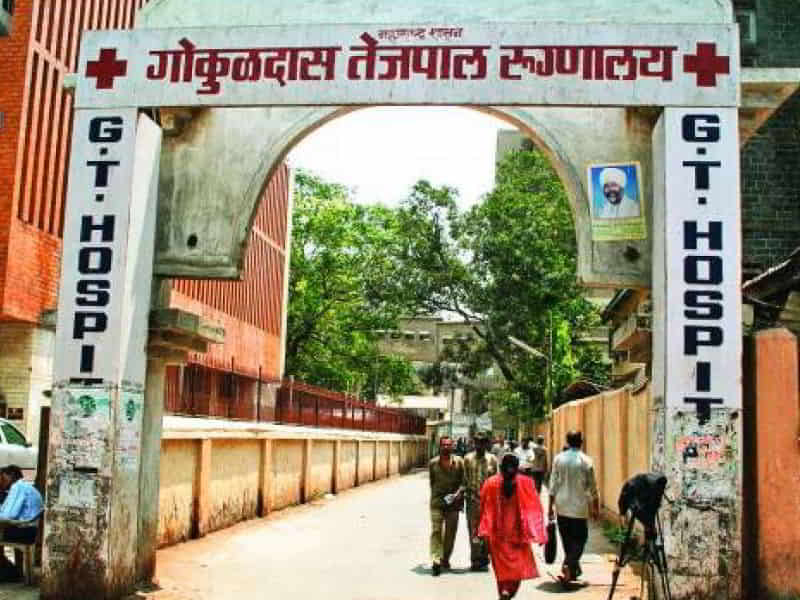
Started in 1875 by Gokuldas Tejpal, a prominent Hindu businessman and philanthropist, the hospital was born out of a vision to provide free healthcare to the people of Mumbai. The hospital’s foundation was laid with the support of Arthur Crawford, who secured the necessary funds from Tejpal and persuaded the government to match the contribution. This led to the construction of a facility designed in the early English Gothic style by Colonel Fuller.
Over the years, Gokuldas Tejpal Hospital has achieved numerous milestones, including:
– Providing uninterrupted healthcare services for nearly 150 years, catering to millions of patients.
– Offering a variety of medical services across various specialties, ensuring comprehensive care.
– Serving as a training ground for medical students and professionals, contributing to the development of skilled healthcare workers.
– Implementing modern medical technologies and practices to enhance patient care and treatment outcomes.
– Participating in public health initiatives and campaigns to promote wellness and disease prevention in the community.
10) Cama & Albless Hospital
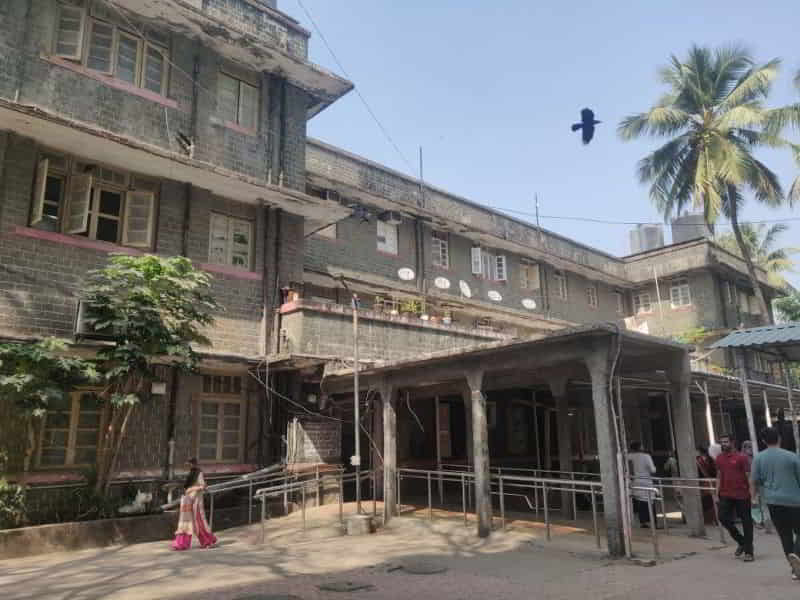
Established on July 30, 1886, by the philanthropist Pestonjee Hormusjee Cama, the hospital was designed to cater exclusively to women and children. H.R.H., the Duke of Connaught,t laid the foundation stone, and Khan Bahadoor Muncherjee Cowasjee Murzban built the hospital in Gothic architecture using stone from Porbandar.
Some of its achievements are
– Medical Pioneers: The hospital was staffed through the Medical Women for India Fund, and it saw the appointment of Dr. Edith Pechey, one of the first female medical students at the University of Edinburgh, as its Senior Medical Officer from 1886 to 1894.
– Nursing Training School: Under Dr. Pechey’s leadership, the hospital established a nursing training school, contributing significantly to the development of nursing education in India.
– Expansion of Services: The hospital expanded its services over the years, increasing its bed count and adding specialized departments, including a cancer ward and radiotherapy facilities.
– Blood Bank: In 1969, the Abdullah Fazalbhai Blood Bank was inaugurated, enhancing the hospital’s capacity to provide critical care.
– Cancer Care: Recognizing the need for comprehensive cancer treatment, the hospital established a 52-bedded cancer ward in 1996 and later added state-of-the-art radiotherapy facilities on June 26, 2001.
– Cervical Cancer Screening: An active cytology clinic was set up for the early detection and prevention of cervical cancer, a significant step forward in women’s health care.
Click Here To Know More About Best Government Hospitals In India

Turn compassion into action by joining the ImpactGuru Referral Program.
Support someone who needs funds for treatment with a simple referral.
Sign up today and be part of a life-changing mission.
Check your estimated medical expenses instantly using the Disease Cost Calculator.
Conclusion
The best government hospitals in Mumbai are essential to the city’s healthcare system, providing affordable and reliable medical services to people from all walks of life. These hospitals have skilled doctors, modern technology, and specialized departments to cater to various medical needs, from emergency care to advanced surgeries. By ensuring that the best healthcare is accessible to everyone, government hospitals in Mumbai play a key role in improving the community’s overall well-being. Whether you need routine check-ups, critical treatments, or specialized care, these hospitals are trusted for their commitment to patient welfare.
If you or your loved ones require expensive treatments in private hospitals but are concerned about the financial burden, crowdfunding platforms like ImpactGuru offer a solution. These platforms provide an easy way to raise funds online by sharing your story with friends, family, and a broader network of generous individuals. Crowdfunding helps lighten the financial load, allowing you to focus on the treatment without worrying about costs. It’s a practical option for managing medical expenses and accessing the care you need in challenging times.
FAQS
1. What are some of the best government hospitals in Mumbai?
Some of the top government hospitals in Mumbai include Sir J.J. Hospital, King Edward Memorial (KEM) Hospital, J.J. Hospital, HBT Medical College & Dr. R.N. Cooper Municipal General Hospital, and Rajawadi Hospital, among others.
2. Do government hospitals in Mumbai provide free or subsidized treatment?
Yes — under government health schemes, many public hospitals offer treatment and medical tests at free or highly subsidized rates for eligible patients.
3. Do these hospitals provide 24/7 emergency services?
Most major government hospitals in Mumbai, like KEM Hospital and Sion Hospital, offer round-the-clock emergency care, trauma services, and critical support.
4. Can I get a referral or appointment online?
Online services like the ABHA app are being adopted by municipal hospitals (e.g., Vashi hospital) to streamline registration and reduce queues for OPD and tests.
5. Do government hospitals accept health insurance or schemes like Ayushman Bharat/MJPJAY?
Yes — many government hospitals accept schemes like Mahatma Jyotiba Phule Jan Arogya Yojana (MJPJAY), offering cashless or subsidized treatments, though eligibility and coverage vary by case.












